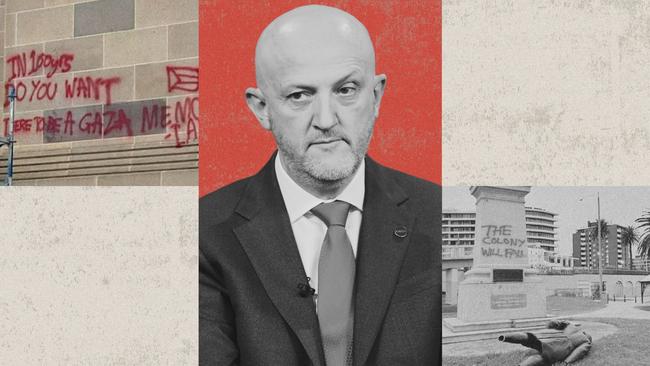
It is a dangerous trend fanned by the flames of global war, especially in the Middle East, but also by crumbling political and social civility at home magnified by the sewer of social media.
This terror threat Judgement by ASIO about Australia’s security is far more serious than any of its previous terror threat assessments because the nature of these new threats are much harder to detect and prevent.
When ASIO last raised the terror threat to ‘probable’ in 2014, it did so in response to the clear threat posed by Islamic State which was seeking to recruit its gullible followers to carry out attacks in Australia on its behalf.
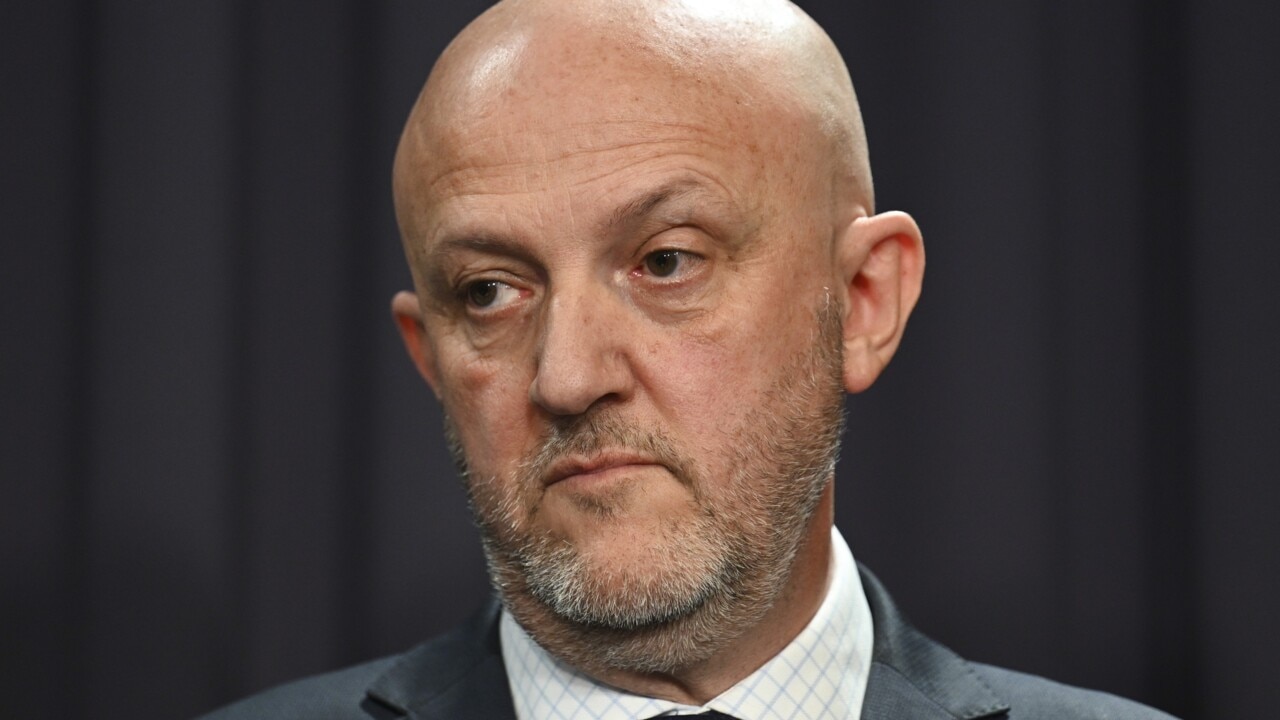
By contrast, today’s threats, outlined by ASIO chief Mike Burgess, are a multi-headed dragon which go far beyond traditional religiously-motivated terrorism. They include a new kind of extremism, fuelled by hostility towards governments and institutions, by conspiracy theories fed by the internet and by new ‘hybrids’ of each of these factors which increase the chances of politically motivated violence.
Youths are the most vulnerable to these new influences and are the most likely to be radicalised quickly at a young age and commit lone-wolf style attacks, posing an enormous threat to ASIO’s ability to detect them.
ASIO assessment of the elevated threat environment is both a reflection of events and trends overseas and those in Australia.
The Hamas terror attack on Israel of October 7 and the subsequent Israel-Hamas war in Gaza, has had a dangerous ripple effect across the world. In Australia, it has undermined social cohesion through the disgraceful rise in anti-Semitism and by the violent behaviour of the activist rump of the pro-Palestine movement which has willingly defaced buildings, threatened individuals and all but glorified the acts of a listed terror group in Hamas. This has occurred with the willing backing of the Greens who have done more than any other political party to undermine social cohesion and tolerance.
The willingness of some of these pro-Palestinian activists to deface Australian war memorials which have nothing to do with Gaza, or to topple statues of Captain Cook have helped contribute to the sort of breakdown in tolerance and social cohesion which has so alarmed ASIO.
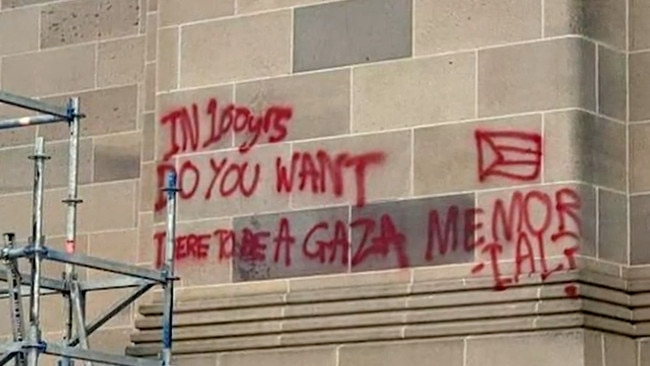
But as Burgess points out, the new security threat is a broader beast than domestic politics, it is also fuelled by global trends.
The breakdown of civility and political discourse that we see in the United States in the bitter election campaign between Donald Trump and Kamala Harris, and the success of populist far-right parties in Europe are examples of the weakening social cohesion around the world that Burgess is seeing on a smaller scale in Australia.
He does not want to see the forces that drove Donald Trump’s would-be assassin Thomas Crooks to emerge here in Australia.
This decision by ASIO to raise the terror threat level to ‘probable’ is likely to remain in place for many years to come because it is so difficult to identify, combat and contain the many new types of security threats which the spy agency has identified. Unlike in 2014, it is no longer merely a case of destroying Islamic State – or a single terror threat – in order to make Australia safer again.
ASIO has identified a dark underbelly of longer-term social and political trends which are fuelling a new type of extremism. This elevated terror threat will not be a passing phase. It most likely represents the reality of a more complex and troubled Australia.


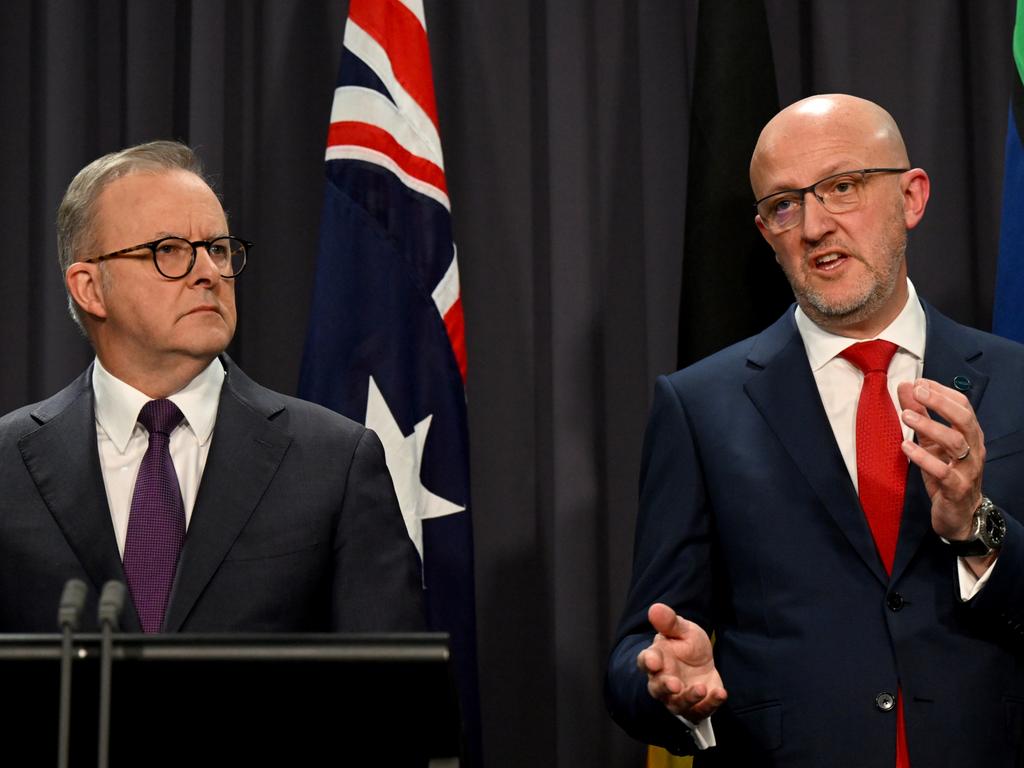

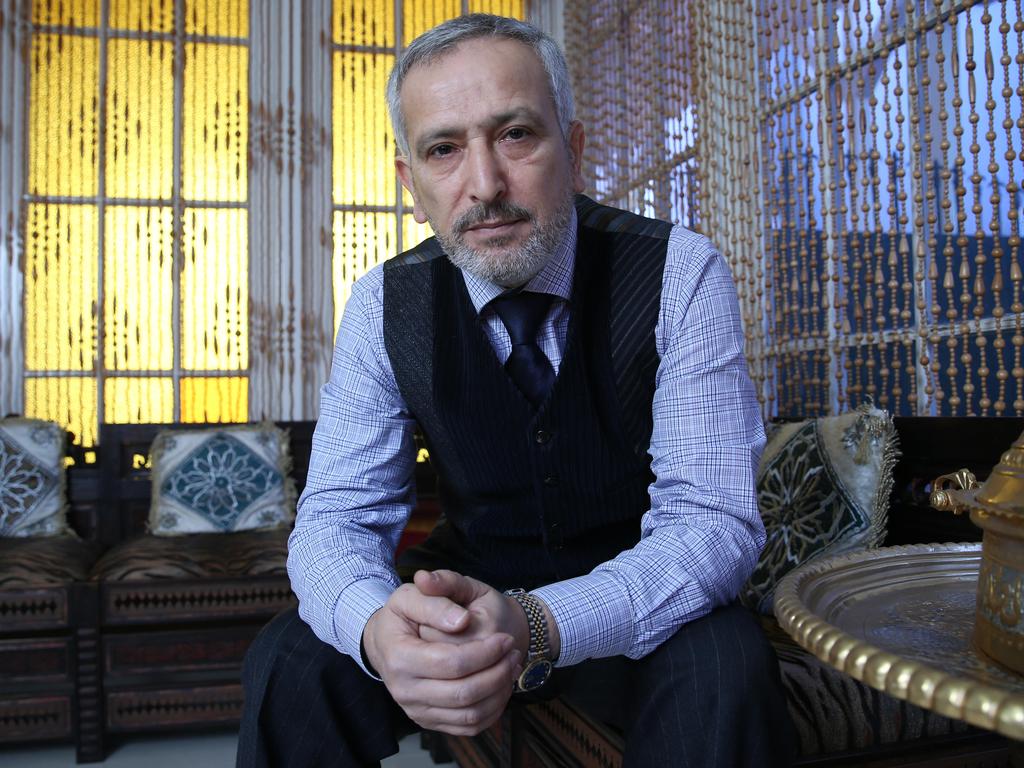



ASIO’s decision to lift its terror threat warning to ‘probable’ is a grim recognition of the slow drift to an uglier Australia, where social cohesion is under generational attack from intolerance, violent political rhetoric, and divisiveness.